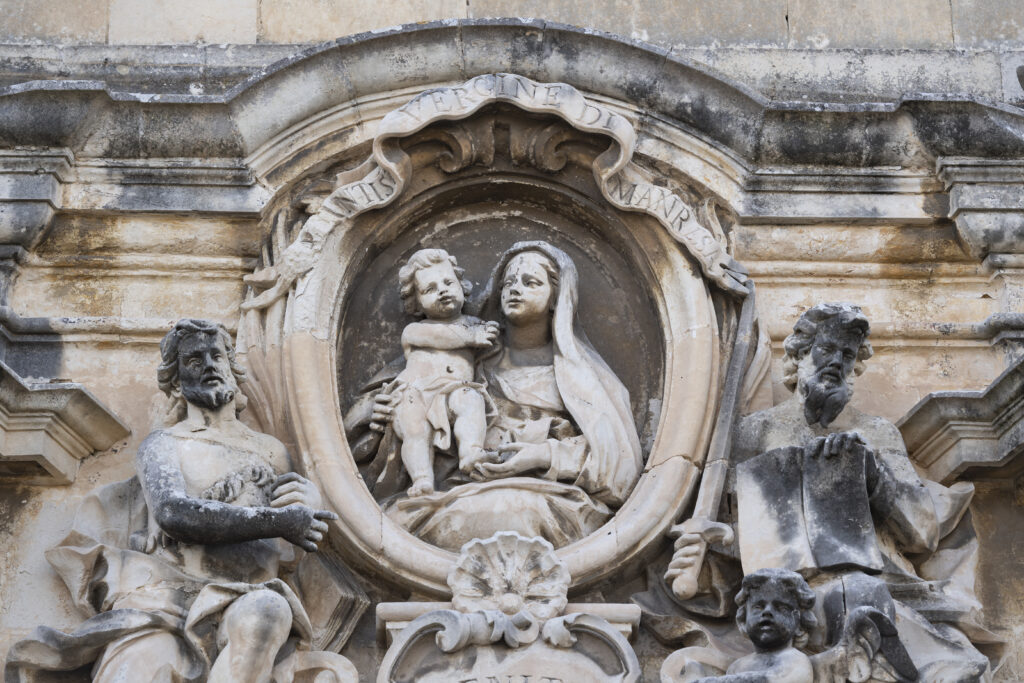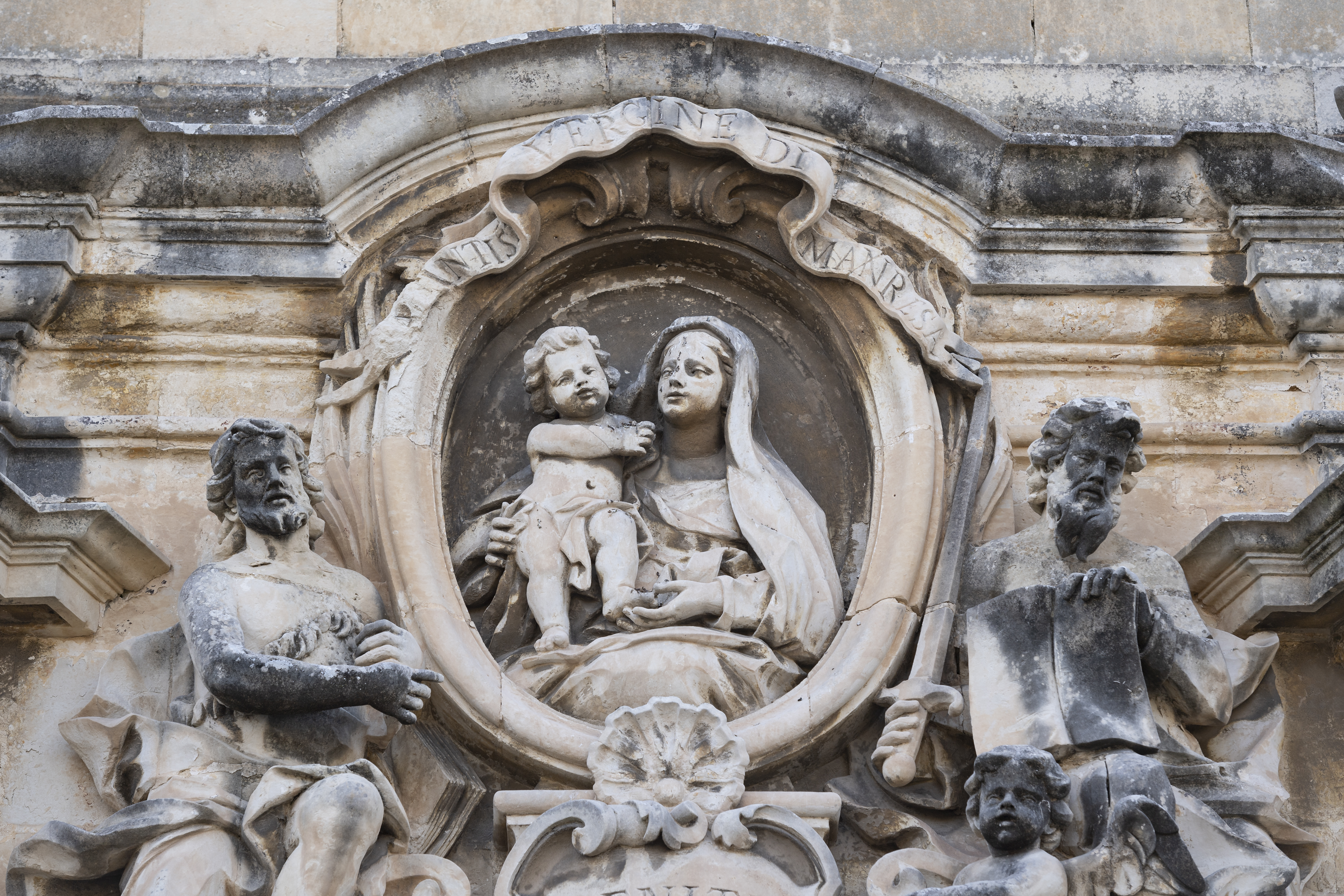
On Wednesday, 28th May 2025 at 7:30pm, a new publication entitled ‘Casa Manresa in Floriana: A House of Formation’ will be launched at The Refectory, Archbishop’s Curia, Floriana. Edited by Rev. Dr Nicholas Joseph Doublet, this publication is the first comprehensive study of this historic Jesuit site, founded as a retreat centre in the mid-eighteenth century. It will be presented by Prof. Petra Caruana Dingli, Rev. Dr Jonathan Farrugia, and Prof. Raymond Mangion.
Amid the fortifications of Floriana and within sight of Valletta’s skyline, Casa Manresa stands not merely as a historical landmark but as a living testament to Malta’s ecclesiastical heritage. Originally established in the mid-eighteenth century as a Jesuit retreat house, it later became the diocesan seminary that formed generations of Maltese clergy. Today, serving as the Archbishop’s Curia, Casa Manresa has quietly but profoundly shaped the life of the Church in Malta for more than 250 years.
This volume brings together a team of historians to examine Casa Manresa’s architectural elegance, artistic heritage, and spiritual legacy. The book opens with the story of the Jesuits’ pioneering mission in Malta, tracing the vision of Fra Pier Francesco Rosignoli and the retreat house’s spiritual and architectural foundation. It then follows its transformation into a centre of clerical formation under Bishop Gaetano Pace Forno. In-depth chapters explore topics such as Favray’s painting cycle in the main chapel, the site’s architectural archaeology, and the renewed Jesuit presence in Malta under British rule in the nineteenth century.
Illustrated throughout and based on newly uncovered archival sources, the book also features carefully edited and translated appendices. These include original notarial contracts, episcopal decrees, and ad limina reports, offering direct insight into the voices and decisions that shaped the institution’s path.
‘Casa Manresa in Floriana: A House of Formation’ is more than a historical study – it is a tribute to the formative power of place, memory, and faith. It invites readers to rediscover how a building of stone became a crucible of renewal, religious vocation, sacred art, and pastoral mission, rooted in Jesuit tradition, yet continually reinterpreted to serve the evolving needs of the Maltese Church.
The volume also marks the 10th anniversary of Mgr Charles J. Scicluna’s appointment as Archbishop of Malta.





